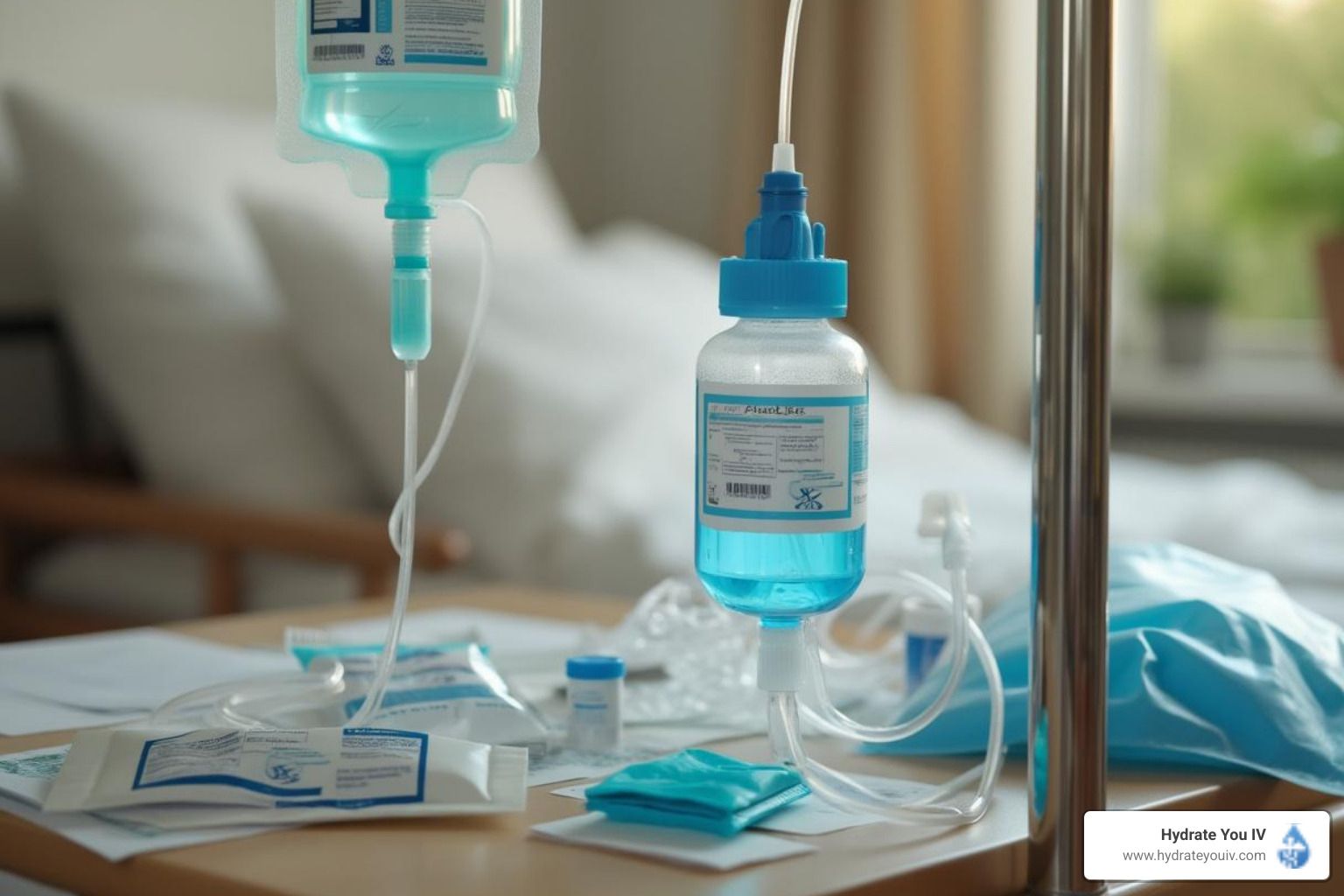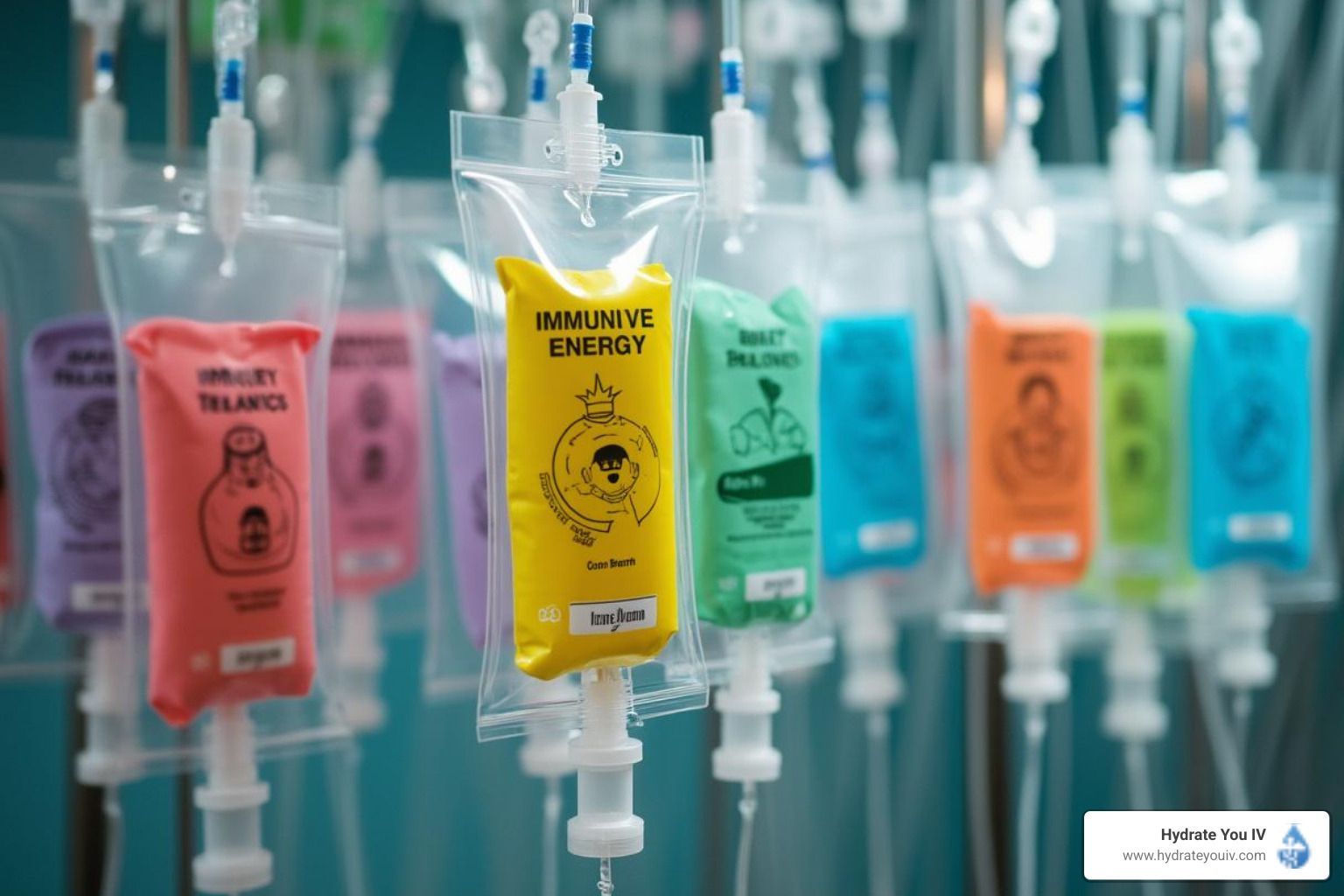Vitamin D Deficiency by State: Top 5 Most Affected in the US

The most Vitamin D deficient states in the US may not be the ones you would think, which is why it's important to understand what Vitamin D is, and why it matters when it comes to health. Vitamin D is most commonly associated with bone health, but it is also crucial for maintaining a healthy immune system. Lack of Vitamin D can lead to other more serious medical problems such as rickets and osteoporosis. With that said, most people are deficient in this vitamin due to a lack of sunshine or good diets.
The 5 Most Vitamin D Deficient States in The US Are:
Mississippi: The state of Mississippi has the most cases of Vitamin D deficiency in the US, largely due to the fact that most of the population does not have access to proper healthcare, making them more susceptible to Vitamin D deficiency. In addition, most people in Mississippi live a sedentary lifestyle with little access to healthy food choices. Diet and lack of overall health awareness are huge factors in determining Vitamin D deficiency, and Mississippi leads in both of these categories across the board.
Delaware: It may be no surprise that Delaware joins the list as it has a large number of elderly residents who are more prone to Vitamin D deficiency. Another big factor in Delaware is urbanization. Because the state is so small and so urbanized, people tend to spend less time outdoors. This means less access to sunlight, which can be a major natural cause of Vitamin D deficiency amongst people of any age.
West Virginia: Much like Mississippi, West Virginia is one of the most Vitamin D deficient states due to a lot of factors that surround healthcare and poverty. In West Virginia, there is also a major opioid crisis. Opioids are known to lower Vitamin D levels as the body uses vitamin D for processing and breaking down opioids. Those who take opioids often experience less Vitamin D absorption throughout their day.
Washington: It may sound simplistic, but the heavy rainfall and cloud cover in Washington state has a huge effect on its population when it comes to Vitamin D deficiency. In Washington, it rains about 120 days a year on average, and most of those are cloudy. There is also the factor of a large indigenous population that doesn't have access to the same healthy nutrition that leads to good Vitamin D levels. These factors all weigh in together to make Washington one of the most Vitamin D deficient states in the US.
Illinois: The state of Illinois has a lot of Vitamin D deficiency due to its large population, most of which live in a city. With most people living close together and using public transportation rather than driving their own cars, there isn't much opportunity to get out into the sun on a regular basis for Vitamin D synthesis. Even outside these factors, though, Illinois has particularly heavy cloud cover that exacerbates its Vitamin D deficiency problem.
To learn more about Vitamin D deficiency and how we can help with revolutionary new IV therapies, call us at (405) 276-4937 (OKC) or (918) 520-1238 (Tulsa). You can also contact us here to book an appointment.











